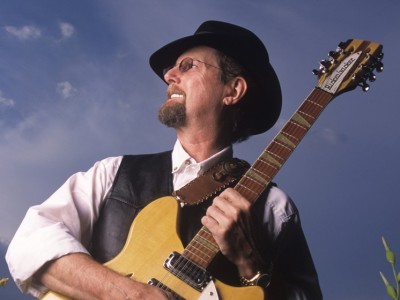When Tim Burton was 25 years old The Walt Disney Company gave him a budget of almost a million dollars to make a movie about a boy and his dog. It’s the usual story, except that the dog is run over by a car and the boy’s name is Victor Frankenstein.
We don’t want to give away too much of the plot. Let’s just say that jumper cables are involved.
Burton had been recruited by Disney in 1979, when he graduated from art school. In certain ways it was a dream job, but there was friction right from the beginning. Burton and Disney were a strange match. He started out as an animator on The Fox and the Hound. “It was like Chinese water torture,” he says in Burton on Burton. “Imagine drawing a cute fox with Sandy Duncan’s voice for three years.”
After his time in cute-fox purgatory, Burton got a chance to express his gothic imagination in Vincent, a six-minute animated film narrated by his boyhood idol, Vincent Price. The film impressed people, but the studio didn’t quite know what to do with it. “I felt very happy to have made it,” Burton says in the book. “It was a little odd, though, because Disney seemed to be pleased with it, but at the same time kind of ashamed.”
At about that time the company was developing a project for television called The Disney Channel, which featured a series on fairy tales. Burton’s idea was to do a version of Hansel and Gretel with an all-Japanese cast and a big kung-fu fight at the end. Somehow he managed to receive a green light for the project, and it became his first live-action film. “I had a room filled with drawings,” he says, “and I think that was the thing that made them feel comfortable about me, to some degree. Even though, visually, the drawings aren’t easy to imagine in three dimensions, or in any other form than those drawings, I think it made them feel I wasn’t completely insane, and that I could actually do something.”
Hansel and Gretel was an important stepping stone for the project that had been percolating in Burton’s subconscious since he was a horror film-obsessed child growing up in Burbank, California. The idea of taking the classic Frankenstein tale and transforming it into a children’s story about an American boy and his beloved dog somehow seemed natural to Burton. He saw echoes of James Whale’s classic film, and its sequels, all around him. He says:
What was great was that you almost didn’t even have to think about it, because growing up in suburbia there were these miniature golf courses with windmills which were just like the one in Frankenstein. These images just happened to coincide, because that was your life. There were poodles that always reminded you of the bride of Frankenstein with the big hair. All those things were just there. That’s why it felt so right or easy for me to do–those images were already there in Burbank.
Although the film would eventually get Burton into hot water with Disney, Frankenweenie marks a milestone in his development as a filmmaker. As Aurélien Ferenczi writes in Masters of Cinema: Tim Burton, “the seeds of Edward Scissorhands are already visible in Frankenweenie.” The 30-minute film, which can be viewed above in its entirety, stars Barret Oliver as the young Victor Frankenstein and Daniel Stern and Shelley Duvall as his parents. The story was written in collaboration with Leonard Ripps, based on Burton’s sketches and their shared emotional responses to the 1931 Frankenstein. Says Burton:
Something that’s always been very important to me is not to make a direct linkage. If I was to sit down with somebody, and we were to look at a scene from Frankenstein and say ‘Let’s do that’, I wouldn’t do it, even if it’s a homage or an inspired-by kind of thing. In fact, if I ever use a direct link to something, I try to make sure in my own mind that it’s not a case of ‘Let’s copy that’. Instead it’s, ‘Why do I like that, what’s the emotional context in this new format?’ That’s why I always try to gauge if people get me and are on a similar wavelength. The writer Lenny Ripps was that way. he got it. He didn’t want to sit there and go over Frankenstein; he knew it well enough. It’s more like it’s being filtered through some sort of remembrance.
The film was completed in 1984, and was intended to be screened with a re-release of Pinocchio, but disaster struck. The Motion Picture Association of America gave Frankenweenie a PG rating. Disney couldn’t show a PG film with the G‑rated Pinocchio. The studio executives were furious. “I was a little shocked,” Burton says, “because I don’t see what’s PG about the film: there’s no bad language, there’s only one bit of violence, and the violence happens off-camera. So I said to the MPAA, ‘What do I need to get a G rating?’ and they basically said, ‘Thre’s nothing you can cut, it’s just the tone.’ I think it was the fact that it was in black and white that freaked them out. There’s nothing bad in the movie.”
There are differing accounts on whether Burton was fired or quit, but in any case Frankenweenie marked the end of Burton’s employment at Disney. But enough people saw the film and recognized Burton’s brilliance that he was able to move on to the next phase of his career. One of those people was Stephen King, who gave a tape of Frankenweenie to an executive at Warner Bros. who was looking for a fresh talent to direct a movie starring Pee-wee Herman. This Fall, Burton will have his triumphal revenge when Disney brings out an IMAX 3D animated remake of Frankenweenie. You can watch the trailer below:



